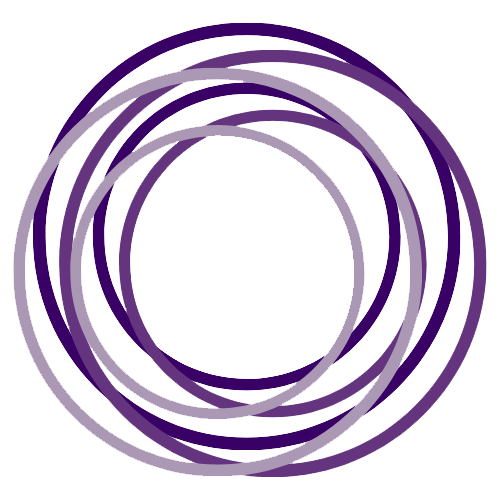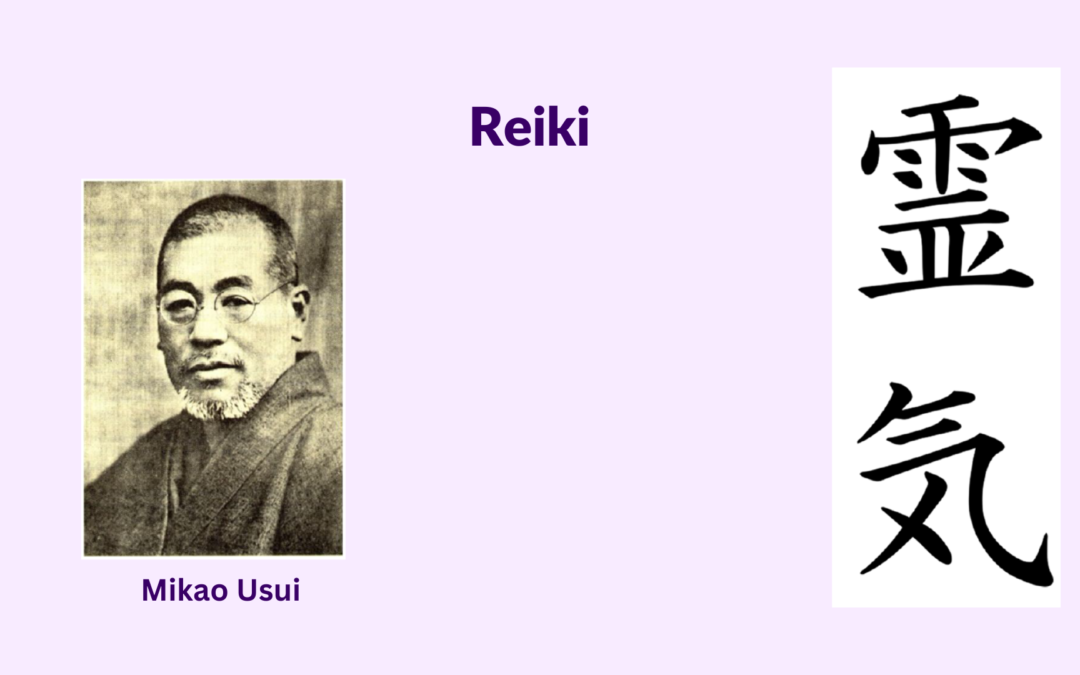Reiki, a form of energy healing originating from Japan, has evolved into different styles and branches as it spread worldwide. The two major types are Gendai Reiki and Western Reiki. Here are the main differences between them:
Origins and History
Gendai Reiki
Gendai Reiki is a modern Japanese form of Reiki founded by Hiroshi Doi, who sought to integrate traditional Usui Reiki methods with modern techniques. Doi is a member of the Usui Reiki Ryoho Gakkai, the original Reiki society founded by Mikao Usui in Japan.
Western Reiki
Western Reiki refers to the styles of Reiki that developed after the practice was introduced to the West by Hawayo Takata in the late 1930s. Takata learned Reiki from Chujiro Hayashi, a disciple of Mikao Usui, and modified the practice to make it more accessible to Western audiences.
Philosophical and Practical Differences
Gendai Reiki
– Emphasizes a combination of traditional Japanese Reiki methods with modern elements.
– Focuses on personal development and spiritual growth, staying closer to Mikao Usui’s original teachings.
– Includes meditative practices and techniques for connecting deeply with Reiki energy.
– Retains more of the original Japanese spiritual and cultural context.
Western Reiki
– Adapted by Hawayo Takata to suit Western cultural and spiritual contexts.
– More structured and systematic in terms of hand positions and treatment protocols.
– Often simplified and standardized for easier teaching and learning.
– Less emphasis on spiritual and meditative practices compared to traditional Japanese Reiki.
Techniques and Attunements
Gendai Reiki
– Uses traditional Japanese techniques such as “Hatsurei-ho” (a method to develop Reiki energy) and “Gassho” (a meditative practice).
– Attunements (called “Reiju” in Japanese) follow the traditional method taught by Mikao Usui, focusing on spiritual awakening and development.
Western Reiki
– Incorporates standardized hand positions and treatment routines introduced by Takata.
– Attunements (often called “initiations”) are structured ceremonies aimed at opening the energy channels, sometimes incorporating symbols introduced by Takata.
Training and Lineage
Gendai Reiki
– Training emphasizes understanding the original Japanese context and philosophy.
– Teachers often have direct or close lineage to the Usui Reiki Ryoho Gakkai.
Western Reiki
– Training can vary widely, with numerous schools and branches developed by Takata’s students.
– Lineages trace back to Hawayo Takata, but the methods and teachings may have diversified significantly.
Cultural Context
Gendai Reiki
– Maintains a closer connection to Japanese culture, incorporating traditional practices and spiritual context.
– Often practiced with a focus on personal and spiritual discipline.
Western Reiki
– Adapted to fit into a wide variety of Western cultural and spiritual practices.
– Often blended with other New Age or holistic healing modalities.
In summary, Gendai Reiki aims to preserve and integrate the original Japanese Reiki practices with modern elements, while Western Reiki is an adaptation that made the practice more accessible and standardized for Western practitioners. Both forms are valid and effective, but they cater to different cultural and philosophical approaches to Reiki healing.

